While I have been shooting for more decades than I would like to recall, I am a relative newcomer to reloading. I load both .45ACP and .38 Specials. My primary carry gun is .45, but I shoot a lot of .38s through my revolvers to smooth my trigger pull. At the behest of my local gun shop which specializes in reloading, I purchased a Dillon RL 550B. I learned the craft and churned out a few thousand rounds. But it didn’t take me long to tire of the chore of loading cases into the press and placing bullets on the powdered cases. I longed for a case feeder and bullet feeder to speed the process . . .
I heard from several sources that the case feeder on the 550 isn’t as reliable as it is on the 650. They claimed it’s because the 650 and its case feeder were designed together, and the 550’s feeder was designed as an afterthought. True or not, rather than deal with potential problems, I sold the 550 and purchased a XL 650 with Dillon’s case feeder.
Ah…after getting the press set up for my .38s, I installed the case feeder. Life was good. With the press running well, it was time to release me from the last drudgery of reloading and install the Mr. Bulletfeeder.
Mr. Bulletfeeder consists of a motorized collator, collator plate, four spacers, four mounting pucks, four mounting rods, spring tube, powder funnel/case mouth expander, bullet dropper, variable speed switch and three spare ball bearings.
Mr. Bulletfeeder will work on just about any press (most of their customers run Dillons) and is designed to hang off the side of a case feeder. If you don’t have a case feeder, you can rig up a mount. I got off to a somewhat rocky start getting the collator mounted. It utilizes four rods and four “pucks” to attach to the case feeder and angle it at 45 degrees.
In the beginning, the mounting system looked a bit odd. Once I got it set up though, I realized it wasn’t as bad as I initially thought and the mount system really was quite versatile, allowing for mounting on various machines at different angles. By the way, www.mrbulletfeeder.com has some installation videos that are very helpful.
With the collator mount complete, next was installation and adjustment of the bullet dropper. The dropper takes up one station on the toolhead. Depending on the number of stations and dies you currently use, you may need to replace the bullet seater die and crimp die with a combo die that does both in one operation, in order to free up a station.
Installation and adjustment of the bullet dropper was fairly simple. The dropper screws into the toolhead just like any other die. To adjust the drop, place a case into the case plate and raise the tool head. Screw in the dropper and lower it until the case pushes upward in the dropper and you hear a bullet drop onto the case. At that point all that is left is to tighten to nut to secure the dropper. The dropper has an electro-mechanical switch that is wired to the collator and shuts it off when the dropper is full.
The collator’s job is to position the bullet heads upright and to slide them down a spring tube to the dropper. As the collator plate rotates, bullets fall into the holes on the outer edge of the plate. If the bullets don’t enter the holes completely, a spring arm knocks them down and back into rotation.
If the heads fall into the holes properly, they slide down the spring tube. If the bullets fall into the holes upside down, the collator, with the help of a spacer(s) rotates the bullet into the proper orientation, allowing it to slide down the spring tube.
The system comes with two thick spacers and two thin spacers. The shorter the bullet, the more spacers are needed. Longer bullets need fewer spacers.
The last part that needed to be installed was the powder funnel/case mouth expander. It replaces the Dillon’s funnel/expander within the powder measure. Once installed, you may need to change the height of the powder drop to get the correct case expansion.
With the installation and initial testing complete, I started a run of about 50 rounds. I noticed two problems: 1) some bullets were caught in the slack of the spring tube and 2) although bullets were being placed properly on the cases, some bullets dropped between cases.
The extraneous bullet drops meant that I needed to adjust the dropper. The dropper utilizes a clip that keeps the dropper parts together and three internal ball bearings to control the drop. Removing the clip and separating the dropper components, exposes six holes for the three ball bearings — three upper holes and three lower holes.
The ball bearings keeps the dropper from dropping more than one bullet at a time. The two different locations for the ball bearings compensate for different bullet lengths. I moved the ball bearings from the top holes to the lower holes and reassembled the dropper. With the change of the position of the ball bearings, the dropper needed to be adjusted within the toolhead again—not a long process at all.
To resolve the issue of bullets getting stuck in the spring tube slack, I simply positioned the collator further back, thus removing the slack. I wish all of life’s problems were this easy to solve.
I tested the press again and with everything looking good, I ran 100 rounds through. Another problem emerged: 4 out of 100 bullets were upside down.
I saw that they were upside down as I loaded, but I kept loading to see how many would be inverted out of 100. The inverted bullets mean that the number of spacers in the collator needed adjusting. With two thick and two thin spacers, you need to experiment to find the perfect combination for the bullet length that you are using. With my 110gr heads, I found using all four spacers worked the best. I tested the system with about 200 bullets, letting the heads fall into a box rather than actually reloading. With the system passing the last test, I was finally ready for mass production.
The power switch offers variable speed options. Most handgun reloading will use high speed to keep the feeder properly filled. A filled tube is best as it puts consistent pressure on the bullets which helps them to fall. Smaller bullets such as .223 load so quickly that the spring can get overloaded and slack down before the electro/mechanical switch on the dropper shuts down the collator. Slowing the collator solves that problem.
Bullet feeders work well with jacketed or plated bullets. Cast bullets are fine as well if they are moly lubed or plastic coated. If they are waxed, Mr. Bulletfeeder recommends that you roll them in some mica to give them a thin powder coat to reduce friction. Also, keep the bullets cool so the wax stays cool and use a hard wax.
I will admit I was the problems got me a bit flustered at first, but they were quick and easy to fix. I ended up contacting Rick from www.mrbulletfeeder.com a couple of times for some suggestions and clarifications. I wish all companies had such great customer service. By the way, Rick, the guy who answers the phone and email, is both the inventor and owner of the company.
It might sound odd, but I am actually grateful that the system had some problems and needed adjustments. Experimenting with the various components helped me understand how the system worked which will make solving future problems and adopting the system to other bullets sizes and calibers far easier. Now that I understand it better, the system is actually much easier than I first thought.
Mr. Bulletfeeder will work with .223 and .30 cal rifle bullets as well as .380 to .45 caliber handgun bullets. The system is caliber specific and conversion kits are available. The pistol caliber conversion kits include the collator plate, dropper and powder funnel/case mouth expander. Rifle caliber conversion kits include the plate and dropper, but not a powder funnel/case mouth expander. Since the kits include droppers, you can keep the dropper on the toolhead, so you don’t have to readjust every time you swap calibers.
If you load just a few rounds at a time, or change calibers often, a bullet feeder may waste more time than it saves. However, if you are a shooter from France that likes to consume mass quantities, Mr. Bulletfeeder makes life great.
Visit www.mrbulletfeeder.biz for info, installation videos and to purchase.
Ratings (out of five stars):
Reliability * * * * *
Once it’s set up and adjusted, load to your heart’s content.
Value * * * * *
Well worth the $469 if you devour mass quantities and value your time.
Overall * * * * *
It rates five stars if your goal is to dramatically increase reloading speed and reduce stress.

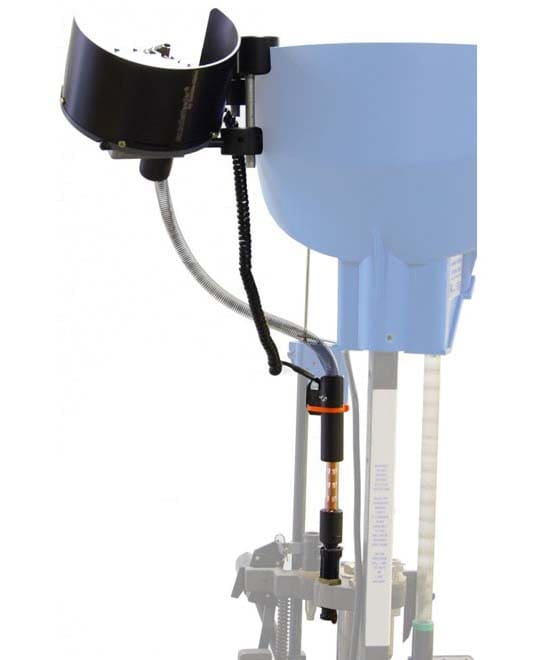


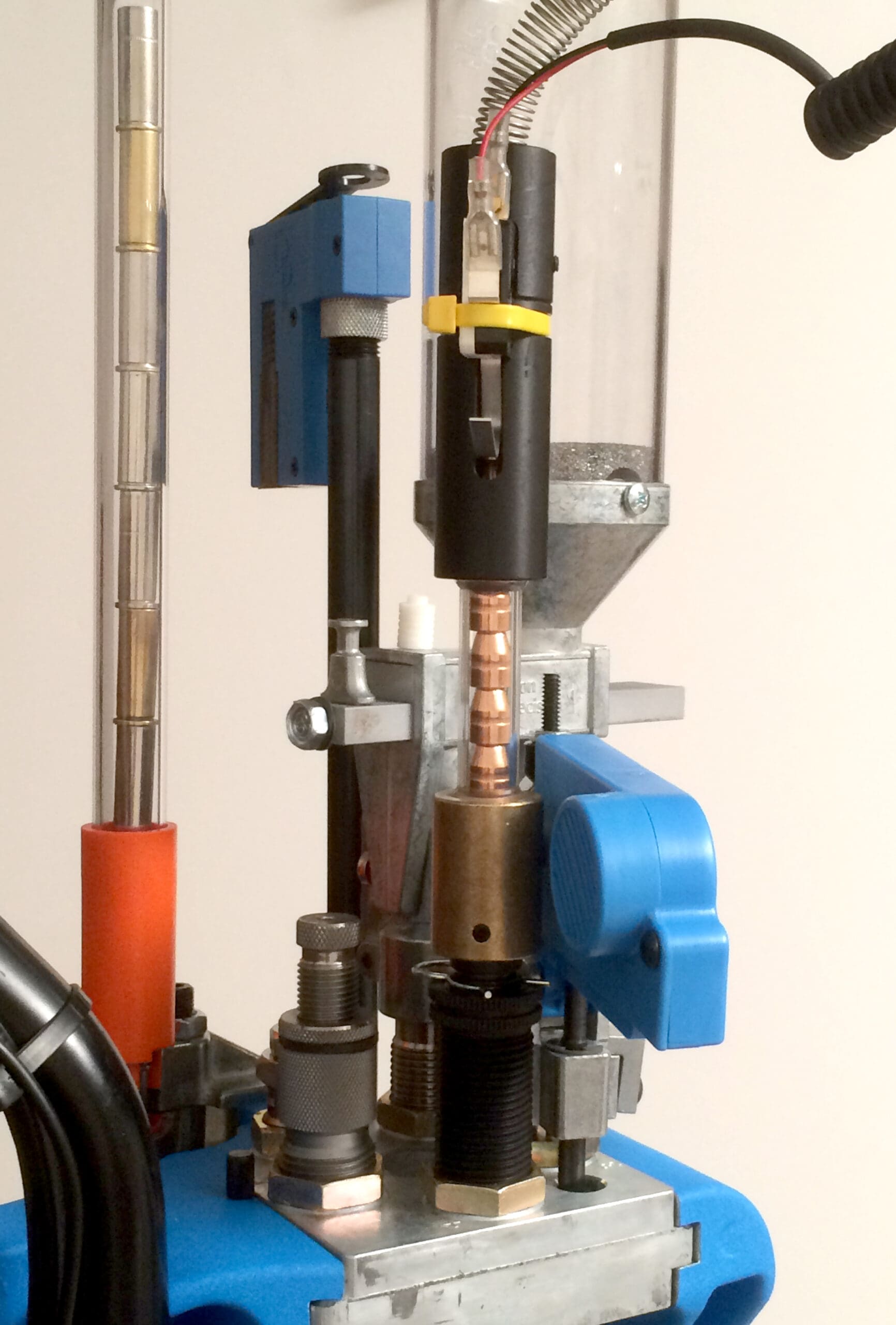
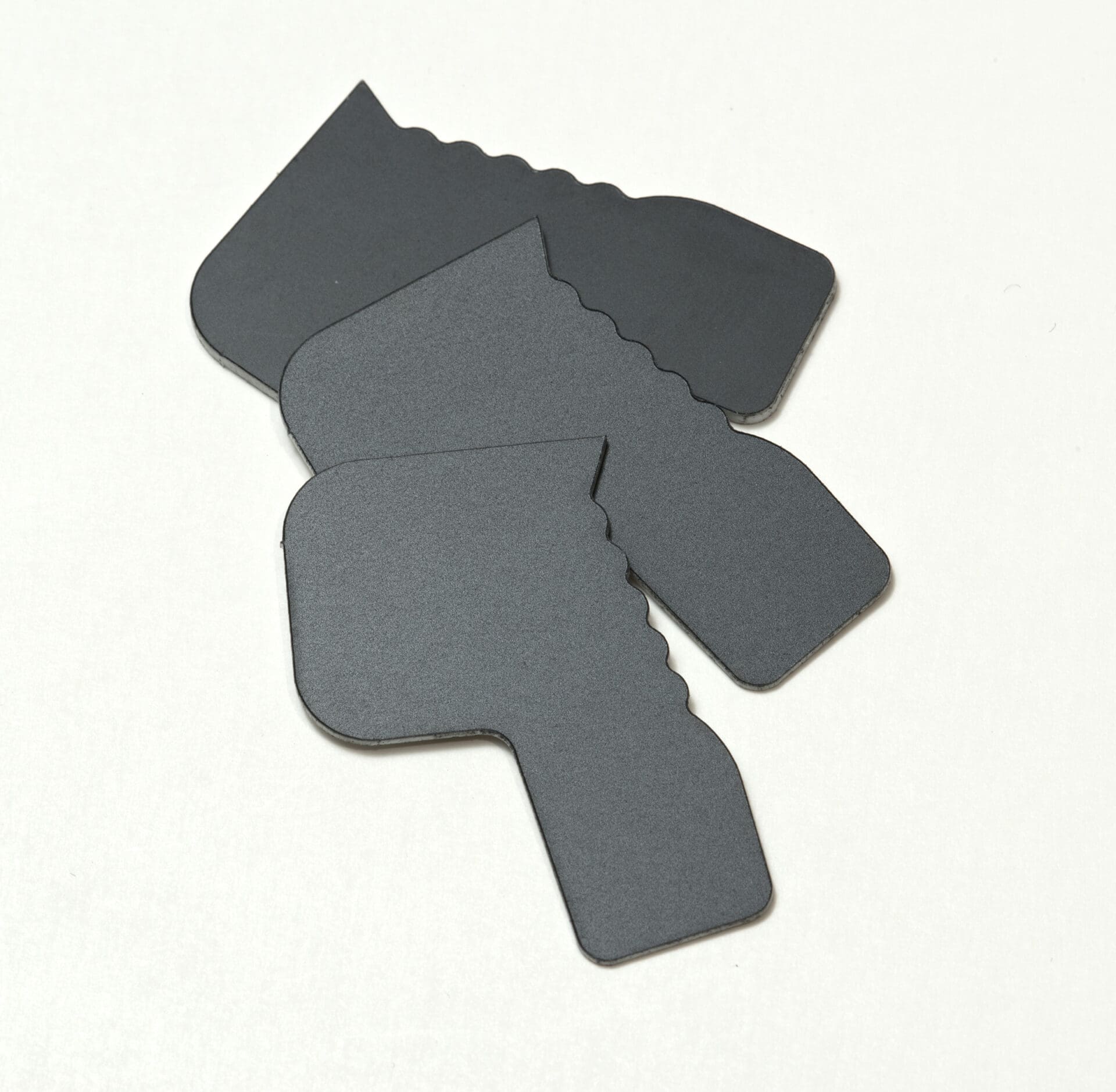
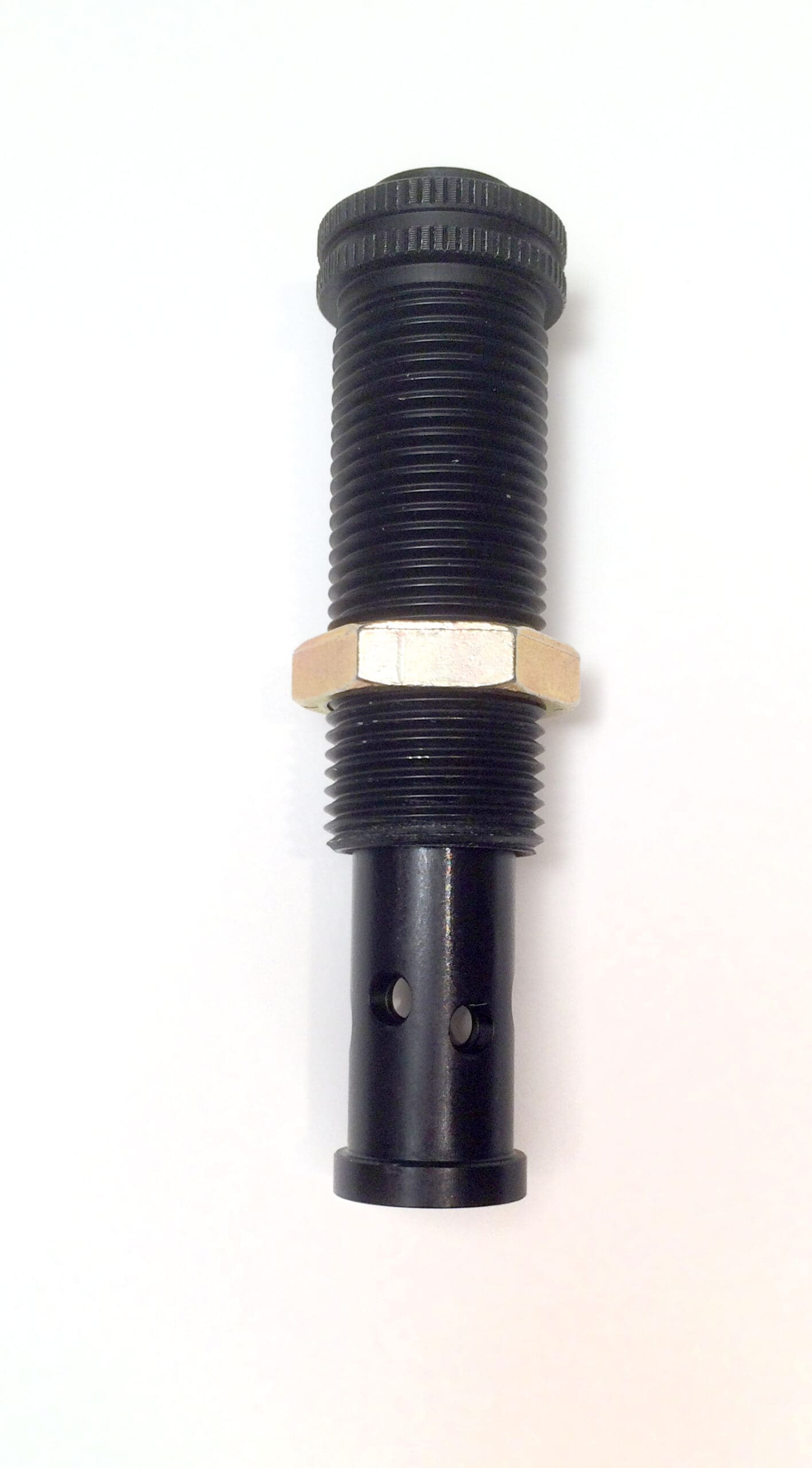
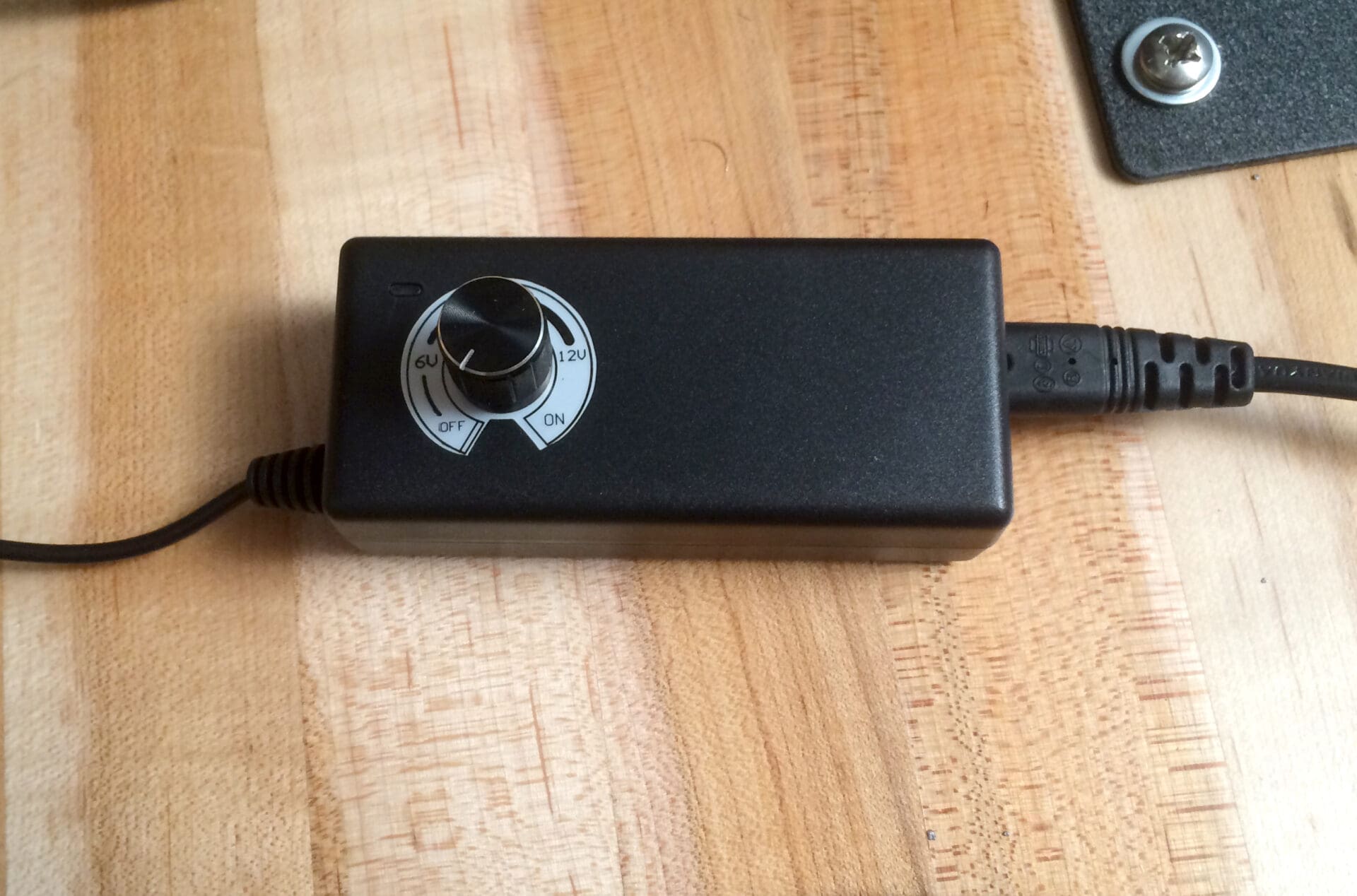



I had the case feeder and bullet feeder. Ended up selling them and my 650. Too many feeding issues.
I found 2 dedicated 550 presses for rifle and pistols are better.
i just cant justify $500 for a single add on part.
Nice.
Some weekends I can burn through a lot of .308. This looks like a great time saver.
Thanks rabbi! Great review.
Great review! I’ve got a 650 and haven’t really felt the need for a bullet feeder, but I understand those who might want them. I do a visual inspection of the powder prior to bullet seating, so I’m not sure it would speed me up. It would probably save a little energy though.
I like your commend about “I’m glad I had problems, it helped me learn the machine.” I felt the same about some initial hiccups with my 650. Understanding the Rube Goldbergian nature of these intricate devices and working through problems really helps in keeping them running well over the long term. I’ve loaded many thousands of troublefree rounds on my 650 since getting things adjusted right.
I use a Dillon powder check in my 3rd station so I don’t have to eyeball the powder in every case.
I’m on the other end of the spectrum, I guess.
I’ve loaded thousands and thousands of rounds without a progressive press or automatic feeders, etc. At one point, we were shooting 1000 rounds a week and most of it was handloaded (all but the rimfire and a box or two of 12 ga). I get the objection to hand feeding bullets and all, but I find it relaxing – meditative.
I like to compare this to hand carved wood vs CNC production. One is certainly “easier” and “quicker,” but the other is, or can be, far more rewarding and satisfying. I touch every bullet I load. It’s a different kind of connected mindset when shooting, too.
To each his own, though. Guess I load for more reasons than just churning out max quantity of ammo in the shortest period of time. My way is not for everyone.
I’m with you on this one. I find it extremely relaxing and satisfying to hand load each round. I also hand measure each powder charge. It has worked wonders for consistency. Reloading is a labor of love. I don’t shoot competitively, so I feel no draw to the 800rds per hour reloading mindset.
Do you have a spouse and kids? I like my single stage press as much as the next guy, but if I was seriously reloading for volume shooting (rather than my current “reloading because I want to screw around with interesting loads”), I’d need a progressive if only because my familial responsibilities occupy too much time to be able to get volume output with a single stage or turret press.
I will put my Mr Bulletfeeder next to my Mr Coffee and Mr Radar. I always get coffee before i watch radar.
@sagebrushracer Just be mindful of jams… jams ruin everything.
The Dillon 550 Casefeeder was a major disappointment for me.
I picked up a used one from a friend moving on to a 650, in an effort to keep with my Missus’ prodigious consumption of ammunition in her USPSA guns (semi-pro, sponsored competitor, does the Areas and Nats).
Actually resulted in lower production rates if averaged over several hours and per thousand rounds, considering installation, maintenance, repairs, cleaning, and, most of all, learning time.
I can’t see how a bulletfeeder will increase production enough to cover the time-suckers mentioned above for anyone loading less than 30K/year of a single caliber and bullet.
An engineer buddy and major reloading geek (I mean that in the most loving way) got a 650 and tuned it to within an inch of its design. He then did some speed runs. And I mean speed: he’s a Grand Master in USPSA Limited Division- those are some very fast hands.
He got under 2:50 per hundred. To sustain for an hour counting refilling and minor maintenance, he still can’t get much past 1200/hour, but that’s not realistic. So he budgets 1000/hour.
Is there value in getting up to that rate? Only for very, very few. He’s scratching his geek ears, not really contributing to his shooting prowess.
Not may reloaders can gain significant benefit, unless the entertainment value is valued equally.
Folks –
The Mr Bullet feeder works great! I can’t imagine ever going back to loading without one. Try it and you’ll be hooked. It saves so much time and allows you to focus on quality control and actives other than placing bullets on top of cases. The inventor Rick is a genius and the Mr. Bullet feeder is both simple and clever in design. It just runs great and works great.
In 5 years every loading press in the world will have one of these installed on it.
Try it – you’ll love it!
WHat is the name of the crimp/seating die combo you have used in this review?
Trying to figure out what you’re referring to as a head. The case has a head, its where the primer goes. The bullets have a tip and a base. There is no head. Please speak english to those of us who don’t speak whatever language uses head for any part of a bullet. Other than that minor moan I think your article was well written.
Thanks
Timmie
Indeed, in some locales, bullets are called “heads”. That’s just the way things are.
I got the Mr. Bullet feeder for doing .45acp. But I found that I can also use it for 44-40 (.428) bullets without any modifications to the dropper. I just can’t use the .45acp powder funnel. I wish they would make a powder funnel for 44-40. I only shoot 300 to 400 .45acp’s per week and the same for 44-40’s but I would never go back to putting the bullets on by hand one at a time.
They also have a new mounting arrangement. It is much simpler and works great.